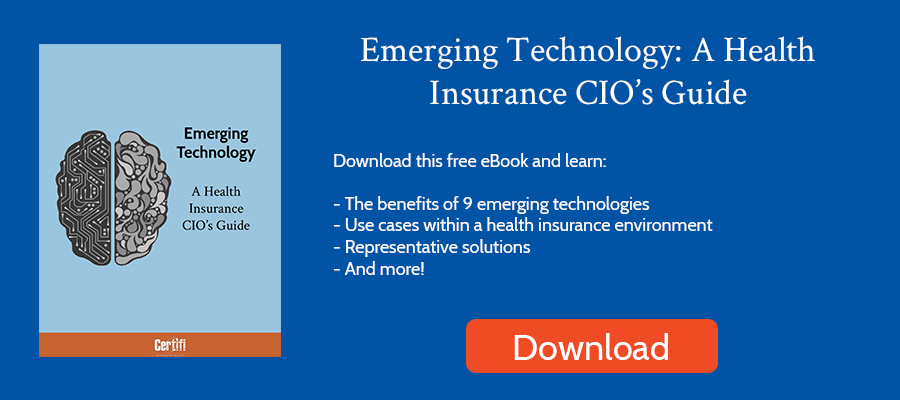As a health insurance CIO, you’re busy managing people and projects. Your team has a significant impact on your health insurance plan’s performance. Creating a health insurance CIO dashboard can help you monitor progress, ensure your people are happy, and deliver insight into business performance to help evaluate and prioritize tasks that will impact your organization the most.
With that in mind, here’s a look at five metric categories to include in your health insurance CIO dashboard and ideas for specific metrics to include:
Budget
What it is: Budget dashboards can help you better understand your spending relative to monthly, quarterly, or annual IT budget goals.
You may also want to break down budgets by function – new development, maintenance, Software-as-a-Service, hosting, etc. The ability to track by specific budgetary categories can help you see where you may be overspending and where you may be underspending.
Or, you may want a high-level dashboard with budgeting data that includes a drill-down to show specific software development project data. For example, if you’re building or implementing a new premium billing software solution, you’ll want a detailed breakdown of the implementation costs to date. Or you may want to visualize how many hours your team spent on a specific project in the past week, month or quarter.
Why you need it: Visualizing this information can help you make important purchasing and budgetary management decisions.
Member Satisfaction
What it is: A measure of health plan member satisfaction that could include:
- Line of business satisfaction results
- Member satisfaction and engagement by technology platform (IVR, web portal, phone app, etc.)
- Individual process satisfaction (enrollment, finding a provider, understanding EOBs, etc.)
Survey tools can help generate the data that drives these dashboards. You should compare this data over time, like this vs. last week or the same time the previous year. Your goal is to visualize customer satisfaction trends over time to see if any technology projects you’ve implemented have impacted satisfaction positively or negatively.
Why you need it: Health plan increasingly relies on engaging members and improving member satisfaction. Member satisfaction isn’t just a metric the member services team should own and track. As health plans continue investing in digital experiences, CIOs and their technology teams are responsible for many member engagement technologies.
Threat Management
What it is: A dashboard with data about your information security program. It may include:
- Incident tracking reports that detail any security events in a given period.
- Any audit results and progress toward resolving any issues discovered
- The status of software patches
- The progress of employee security training
- A unified risk score consisting of all threats and mitigation strategies
Why you need it: Your technology team does more than implement and manage technology solutions. They also ensure the security of those technology solutions. Your threat management dashboard can help quantify those threats so you can monitor and react should threats increase.
Organizational Performance
What it is: This dashboard displays the performance of your team. Because a CIO’s team generally includes several technology groups, the organizational performance dashboard may include the following:
- Project delivery metrics that detail the status of specific technology software development or implementation projects
- User experience metrics that describe internal and external user experience metrics
- Uptime metrics for specific user-facing technology assets
- Ticket resolution rates and time to resolve rates
- Application development metrics like burndown and velocity reports, code churn reports, and time to first review or comment
As previously mentioned, you should track these metrics over time to see emerging trends that may impact future performance.
Why you need it: To improve your organization’s performance, you need to measure it. By measuring items like project delivery, user experience, ticket resolution rates, etc, you can better identify and prioritize areas in need of improvement.
Employee Engagement
What it is: Your role as a technology team leader includes ensuring an engaged and productive unit. Your organization should consistently measure employee engagement by asking staff multiple engagement questions throughout the year. If you have a large team, segment it into random groups for monthly or even weekly surveys. The goal is to measure the engagement of every employee at least a couple of times a year.
The dashboard can segment those results by a question: I’d recommend employment at (COMPANY NAME) to my friends, or I am continuously developing at (COMPANY NAME). And, you can segment by department or leader to see how each manager on your team is performing and address underperformance with each manager.
Why you need it: The employee engagement dashboard delivers the information you need to compare current employee engagement with past engagement. You can quickly address an engagement decline if you’re monitoring in real-time, limiting costly churn.
Certifi’s health insurance premium billing and payment solutions help healthcare payers improve member satisfaction while reducing administrative costs.



